




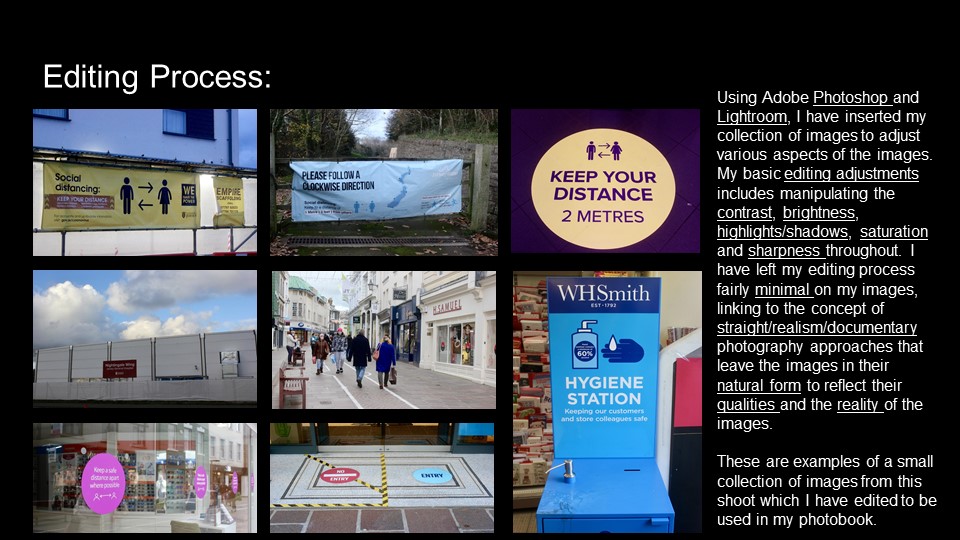

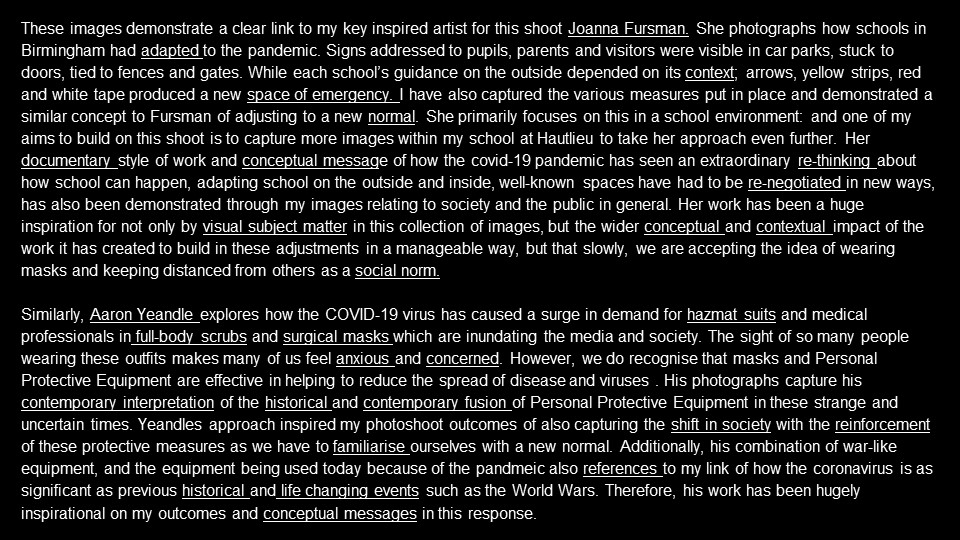
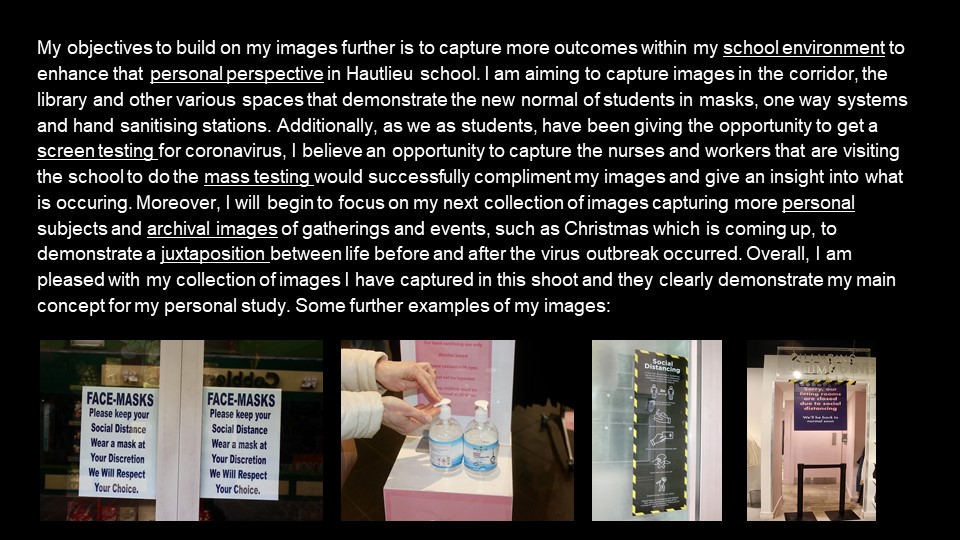

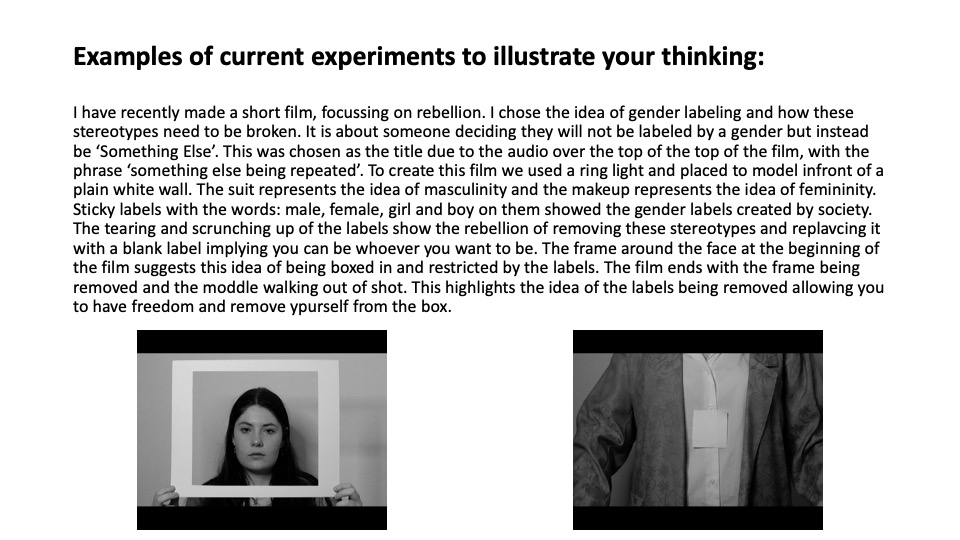

Shannon O’Donnell was born in Jersey. She has completed her BA(Hons) degree in documentary photography at the University of South Wales.
She looks at the theme of gender, focussing on femininity and masculinity as gender traits. She aims to question and challenge society and the traditional views of gender using her work. Lots of her work is influenced by artists such as: Claude Cahun, Cindy Sherman, Casa Susanna and Clare Rae. Shannon has done a range of projects, including: That’s Not The Way The River Flows, a film on identity. Here They Stood, focussing on the Suffragettes. Susan’s Sleep, about Shannon’s personal experiences and By Your Bedside, a series of images complimenting Susan’s Sleep.
Claude Cahun, who was born as Lucy Renee Mathilde Schwob on October 25, 1894 was a French lesbian photographer, sculptor and writer. In 1917 Schwob adopted the pseudonym Claude Cahun, inytentionally selecting a sexually ambiguuous name. Cahun is best known for self portraits. Cahun was a surrealist photographer whose work explored gender identity and the subconcious mind. She is considered a ground-breaking artist who fully embraced her gender fluidity long before the term came into use. Cahun settled in Jersey in 1937 after the fall of the France and German occupation of the Channel Islands. Cahun and her lifelong partner and stepsister Suzanne Malherbe used their creative talents to manipulate to manipulate and undermine the authority. Cahun and Malherbe were members of a wealthy publishing family from Nantes in France. They became propagandists, producing anti-german fliers. In 1944 they were arressted and sentenced to death however their sentences were not carried out as Jersey was liberated in 1945. Cahun died December 8, 1954 as her health never recovered from her treatment in jail. Her work left a huge impression on photography and directly inspired contemporary photographers, including Cindy Sherman, Gillian Wearing and Nan Goldin.
A similarity between Shannon O’Donnell and Claude Cahun’s work is their ideas linking to gender. They do not conform to the stereotypes of society. Both artists use identity politics as part of their work, promoting their views on gender and how you can be whoever you choose. Gender should not define how you live in life. Both use self-portraiture to express their views in order to re-conceptualise gender.
‘Chimamanda Ngozi Adichie a Nigerian novelist is critical of modern masculinity, calling it a “hard, small cage” that forces men to hide emotion. “We teach boys to be afraid of fear, of weakness, of vulnerability,” she writes. “We teach them to mask their true selves, because they have to be, in Nigerian-speak – a hard man.”’ This supports Cahun and O’Donnel’s views on gender labels and shows how change is needed.
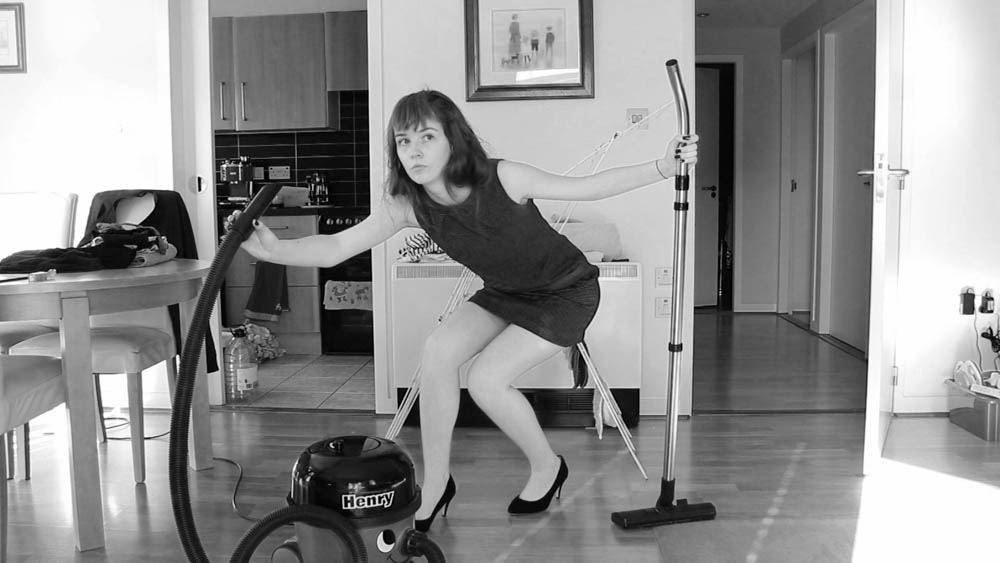
Shannon O’Donnell’s image above represents the struggles a woman faces. The position of the model in the center of the photo creates a focal point, with her stretched out trying to hold everything up. The stereotypes of women staying home and cleaning are represented with the heals symbolising how society perceive women. The use of black and white creates a serious tone, as it portrays a serious message. Similarly in Claude Cahun’s image below the use of black and white creates a serious tone. The mask represents society, hiding the true self. The mask being removed shows the break through as the model is not hiding behind it, but rather showing themself for who they are and being proud. This signifies the change being made, highlighting to society the importance of the ideas.
What I learnt from Personal Investigation
The first part of the ‘Personal Investigation’ we focused around Art and Activism. A majority of the study I did was centred around the Black Lives Matter movement and the Pandemic. I heavily explored restriction and repression which both events had a heavy influence in, the Black lives matter topic being centred towards abolshing the african amercian repression in the US, and the pandemic topic showing the impact of new restrictions and, essentially the new way of life we have all experinced this year. I finalised this series of work by exploring the question of ‘What makes an image iconic’, answering with my own attempt at creating an iconic image with the phrase ‘The New Normal’ in mind. The image I captured portarys a person standing in the centre of a busy street wearing a mask as everyone else walks on by.
Interpreting Love
On the topic of love, I produced a zine (a 16 page booklet) about my father, giving a brief insight into his life, both from the perspective of the last and the present, allowing for a comparison over the years whereby I took photos of archival imagery, (old photos of him as a toddler from the family album) and also taking photos of him in the present day, as well as objects (books/stamps etc) and places (houses where he grew up) all that have great significance to his personal story which is completely unique to him. The final product had an abstract feel as one the most important points I considered when producing the zine. This concluded to be quite effective as different people interpret the zine in different ways without an obvious and clear cut story line, A theme throughout was the idea that everyones relationship is different and that is what makes them special asking the question about what truly is love and what makes a relationship so unique.
Interpreting Rebellion
For the rebellion portion of the first part of the ‘Personal Study’ I focused the project around the effects of the COVID 19 pandemic on teenagers, presenting the final project as a film. With the main focus on ‘Rebellion’ I took a stance representative of the rebellious nature of teenagers during the pandemic and the natural disregard for rules all of us have had to abide by the whole year. The film was set up into three sections, the first showing the ‘first lockdown’, the second showing the easing of restrictions over the summer and peoples want to socialise and party, then finishing off the film on a cliff hangar as it is announced once again we are going into a lockdown. The film was filmed from a U.K perspective not a Jersey one. I think the film is very effective as it shows a clear message about rebellion and how people as a whole struggle to follow rules, especially life changing ones. Additonally the audio in the film allowed me to create lots of subtle messages and really emphasize certain political and personal beliefs and opinions about events this year.

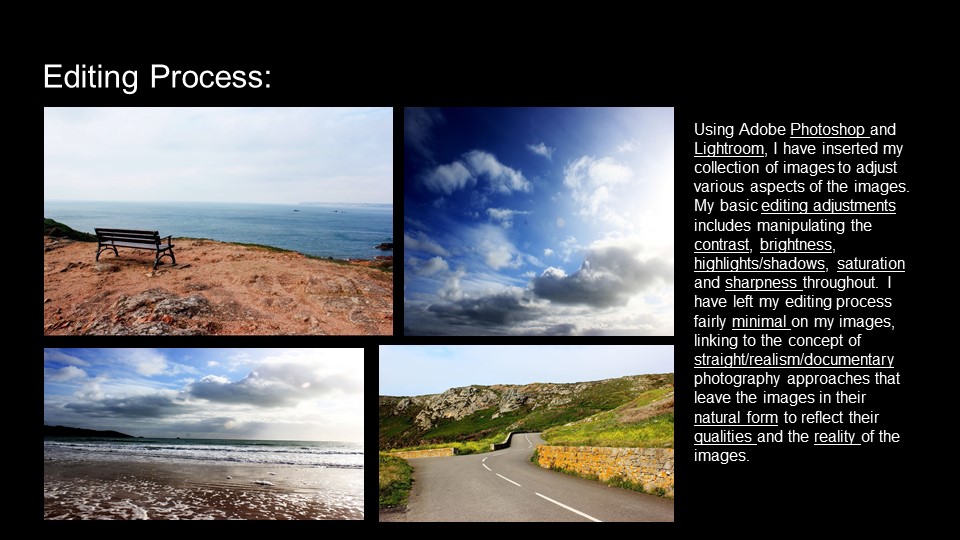
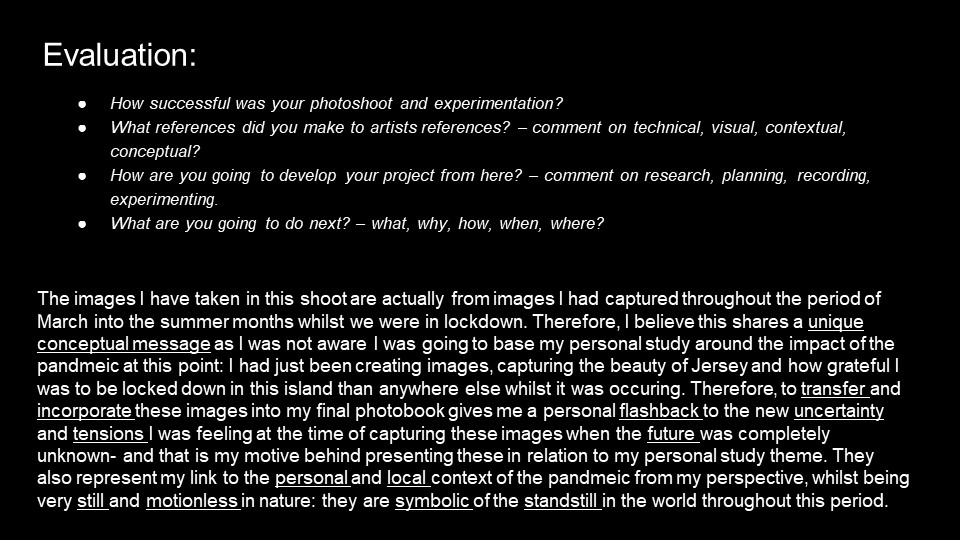


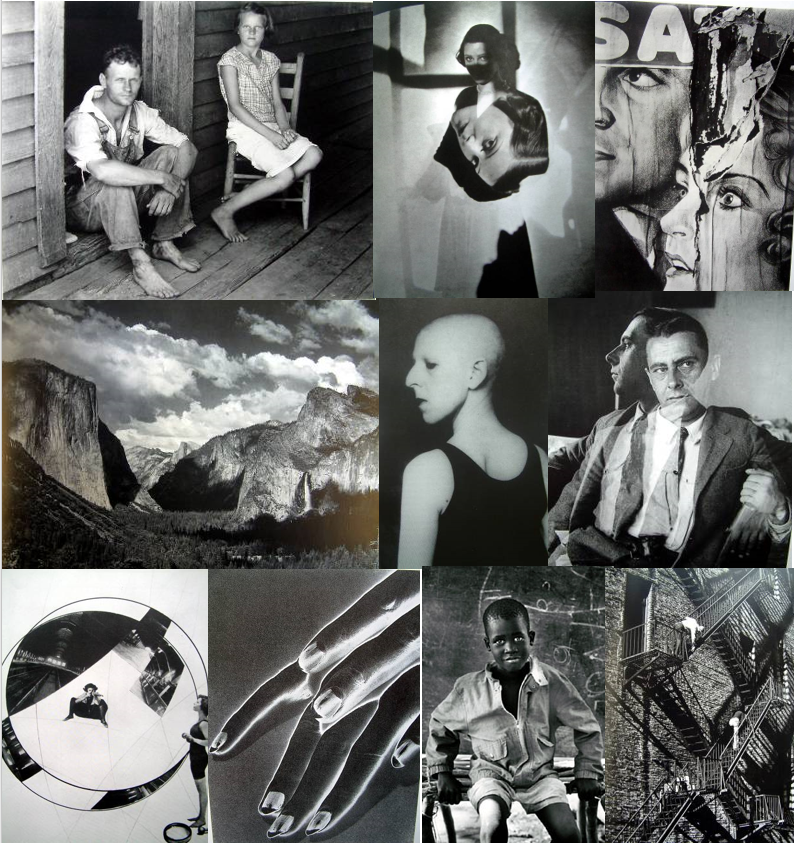
First half of 20th century

1970+


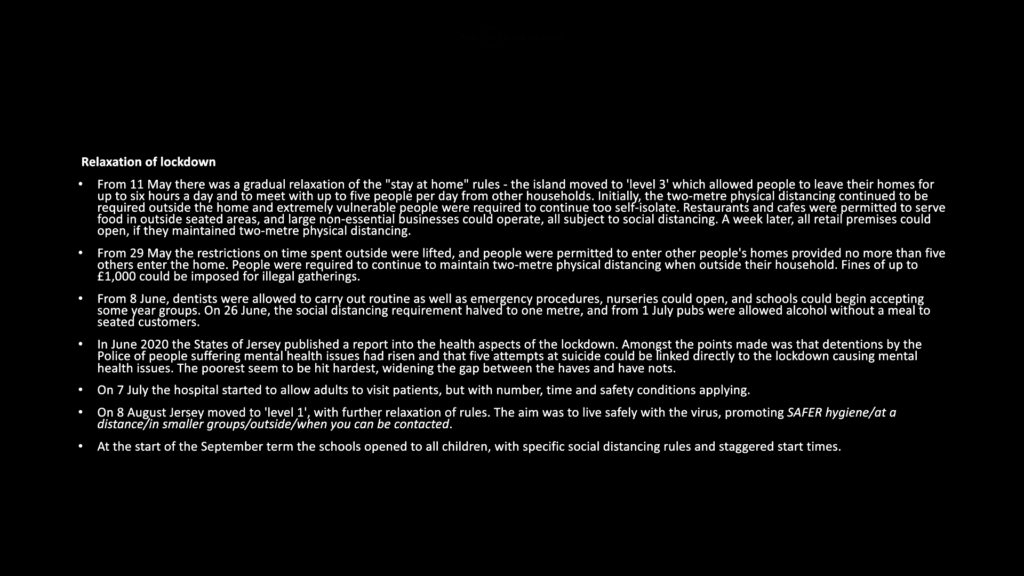
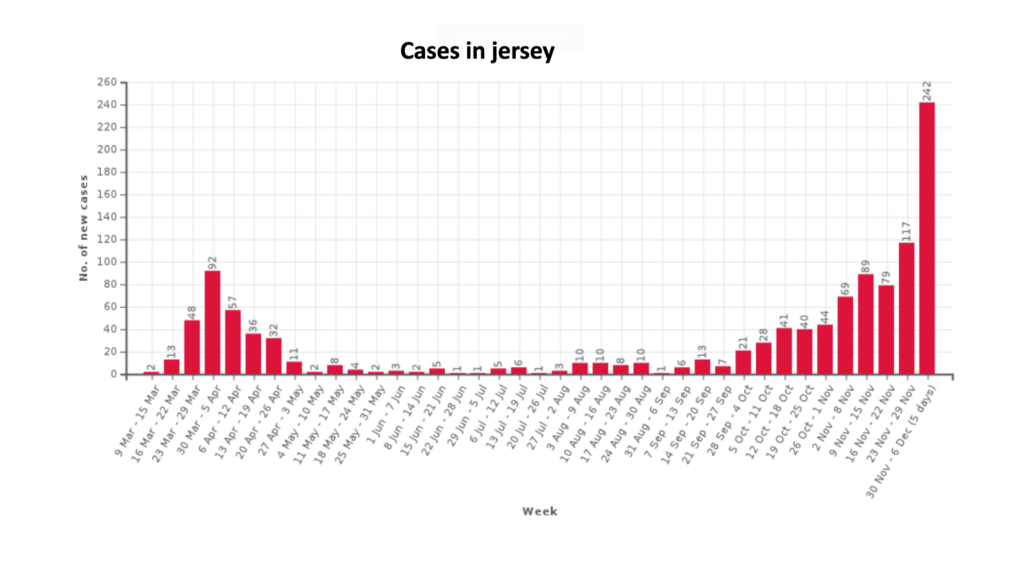

Designing News Paper Spreads
Firstly to take stills of our movie we used the feature shown in the screen shot down below to select specific and key frames and save the stills.
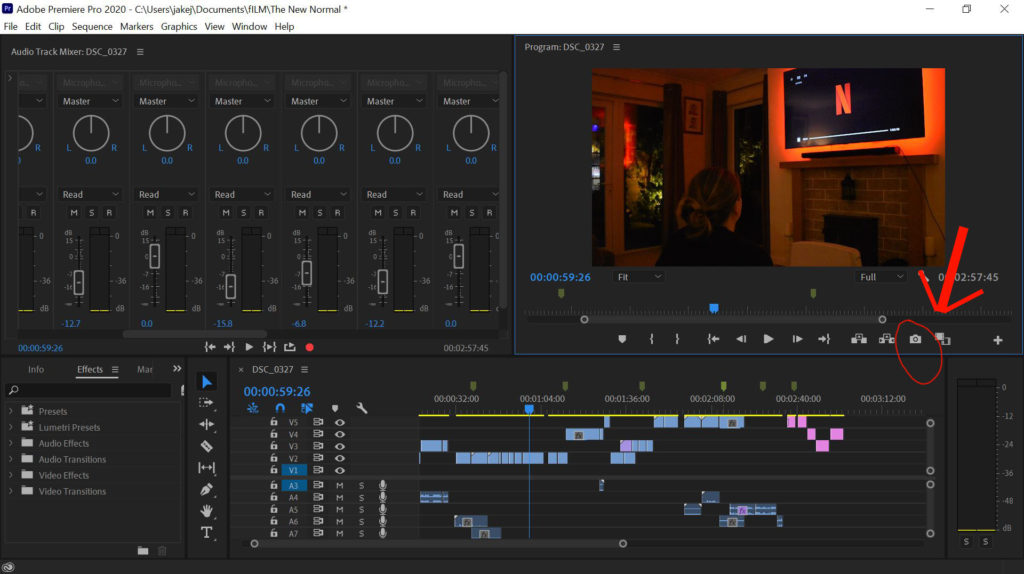
I then was able to select this series of images to create a sequence, showing a simple over view of all the scenes and the general run of the film.



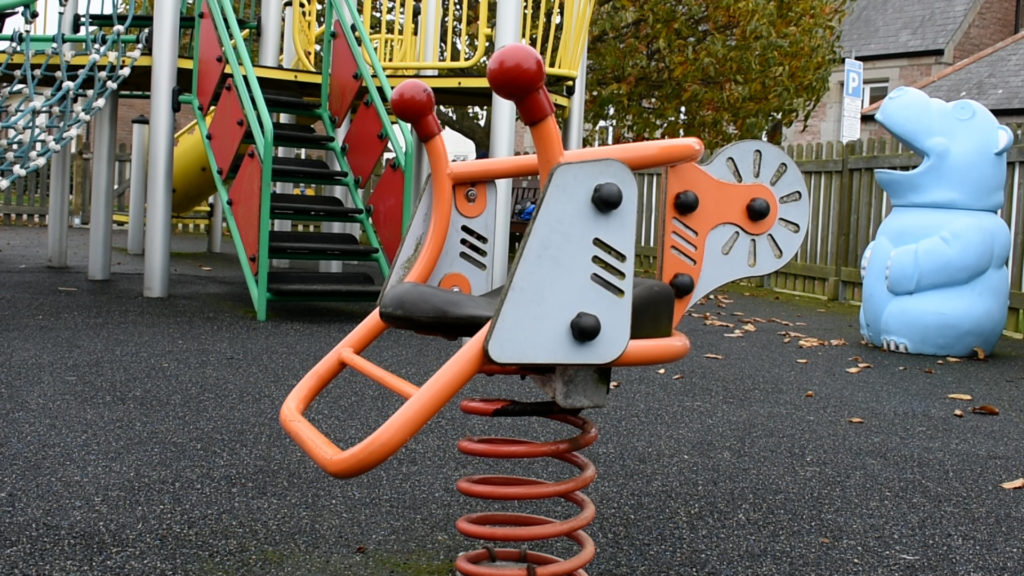

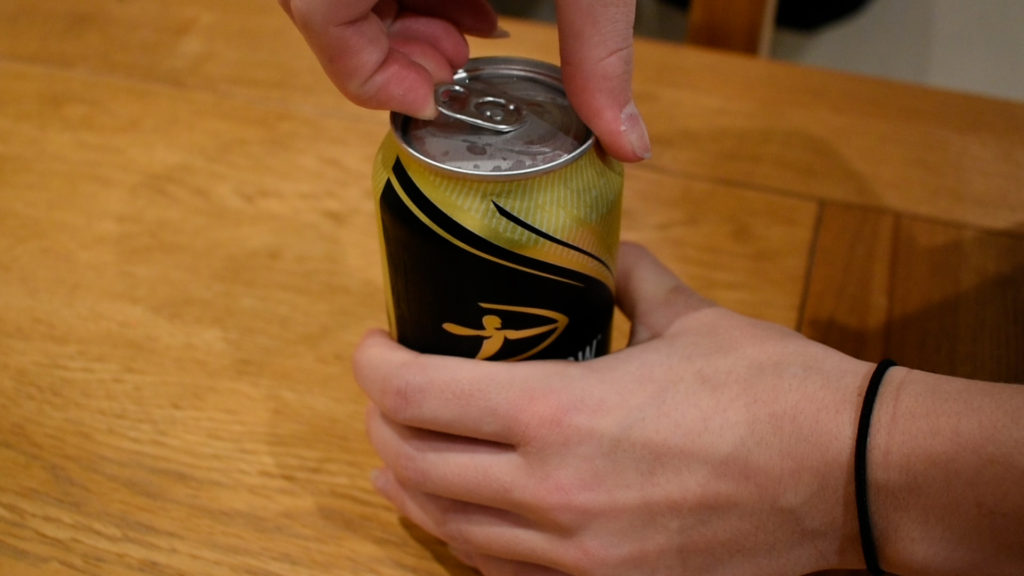
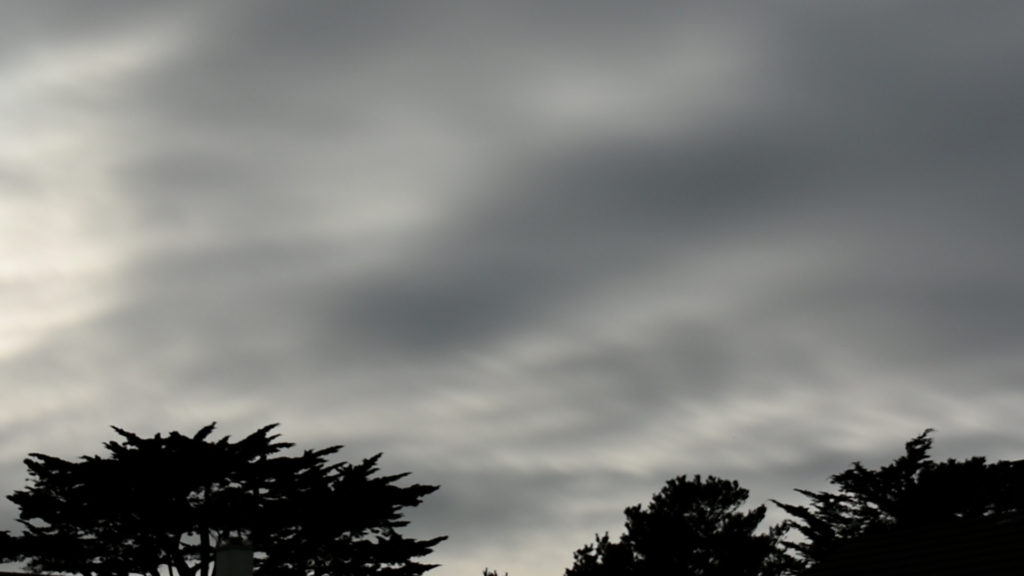
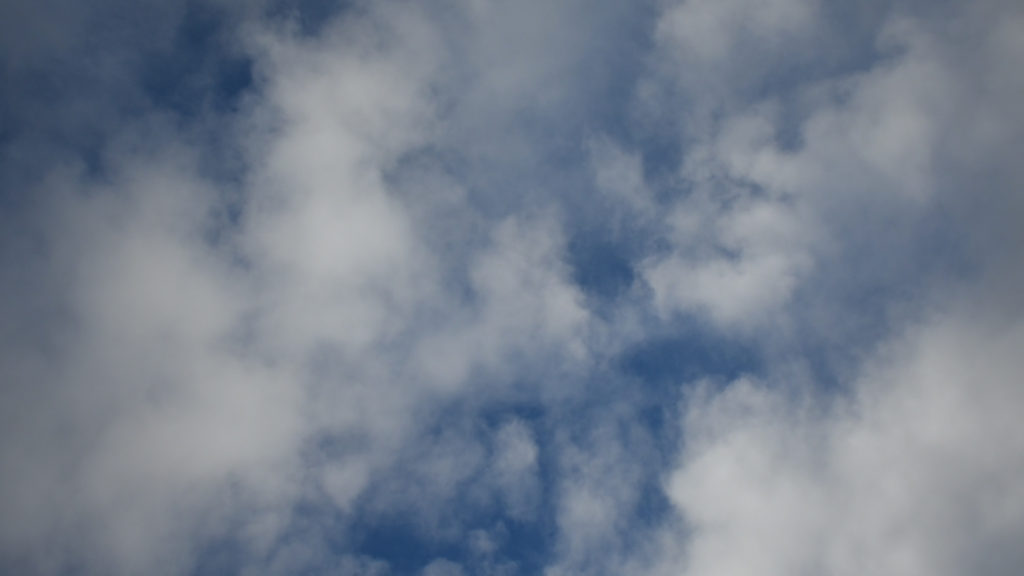



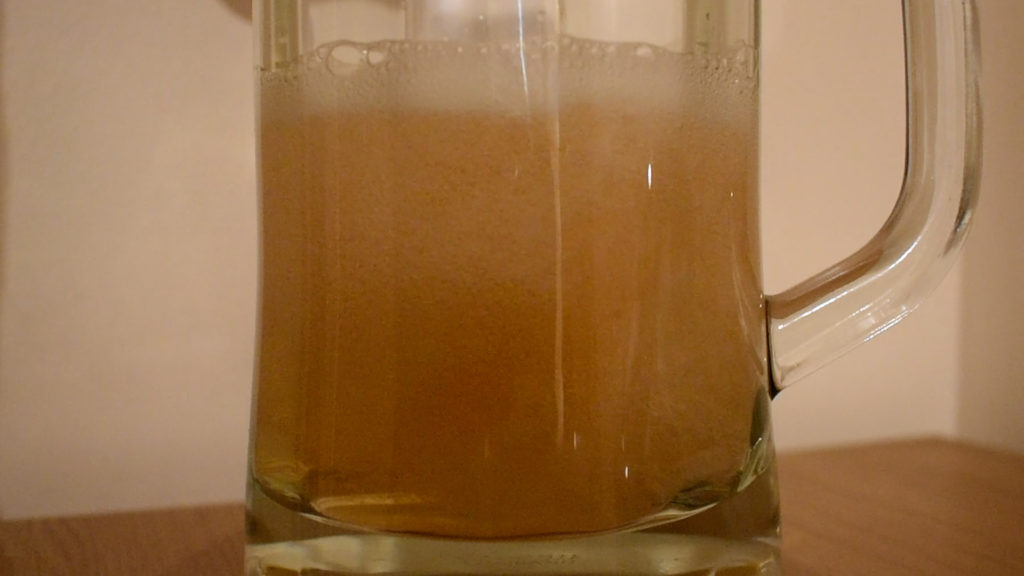



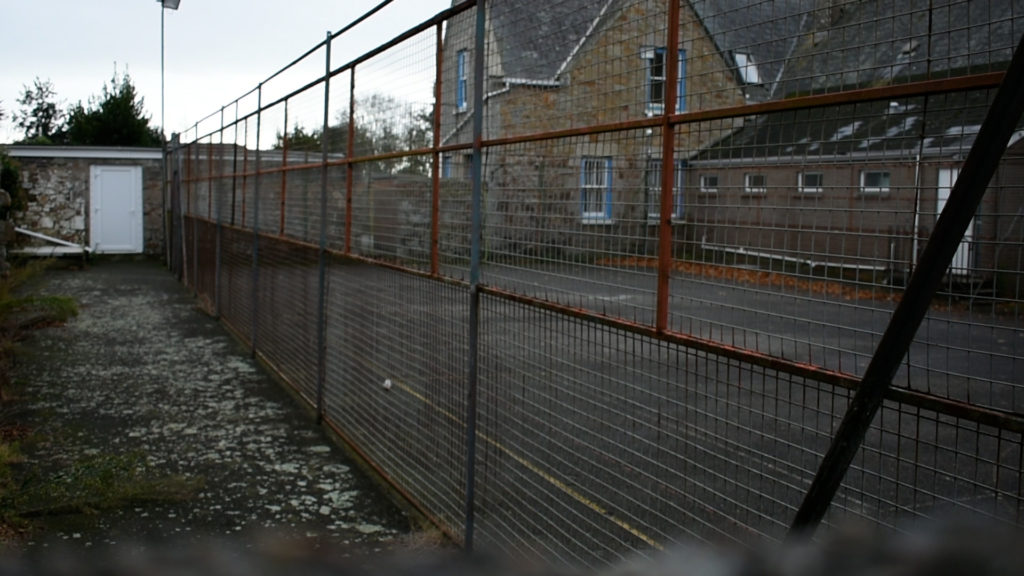
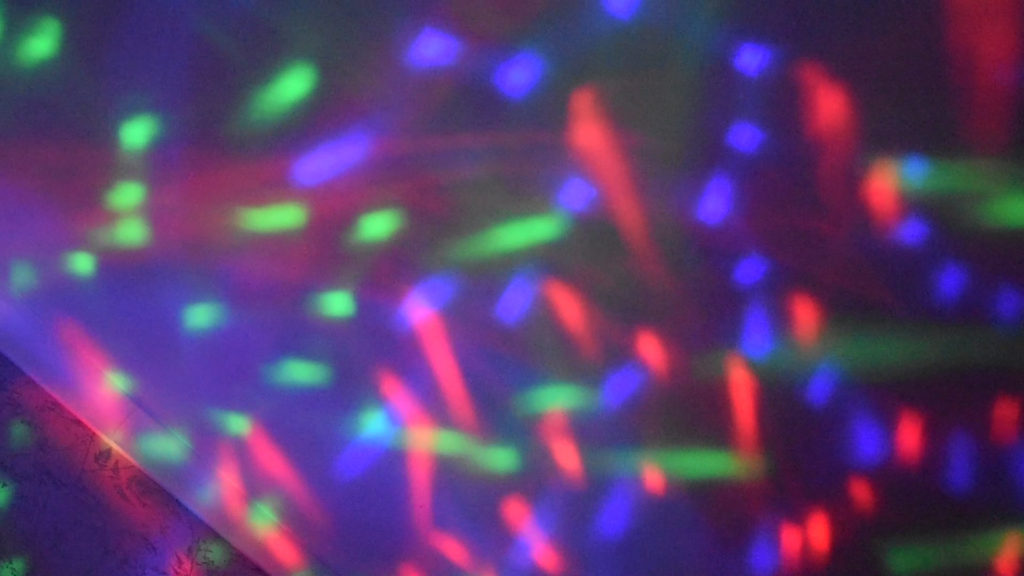

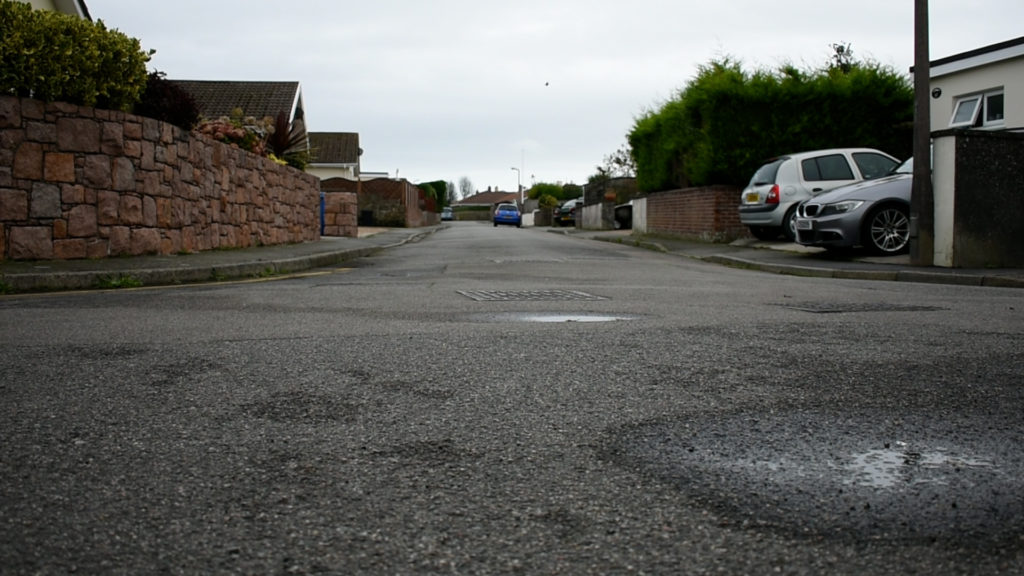
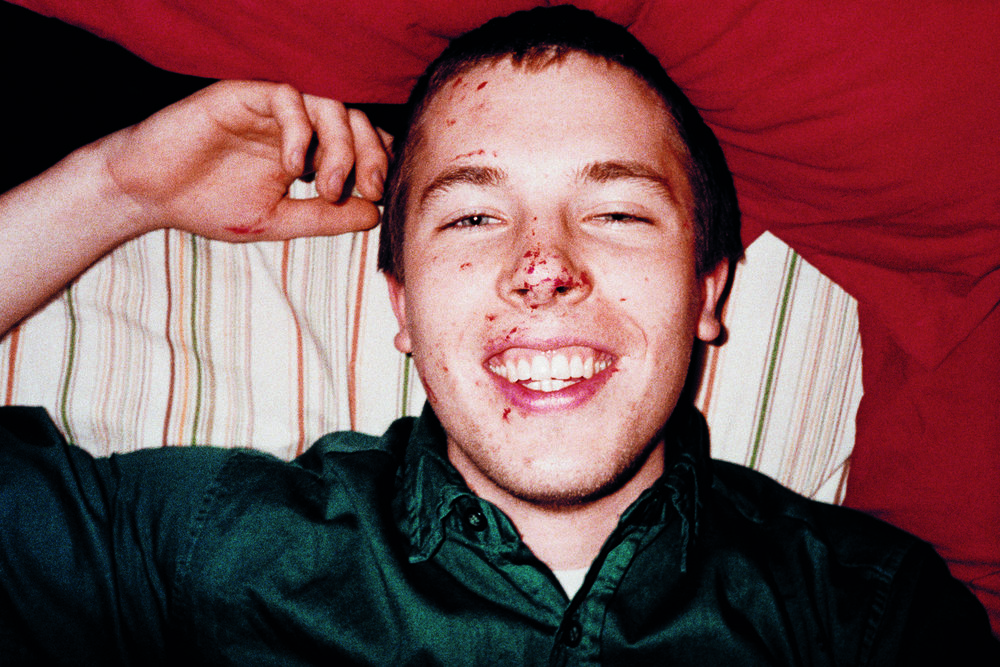
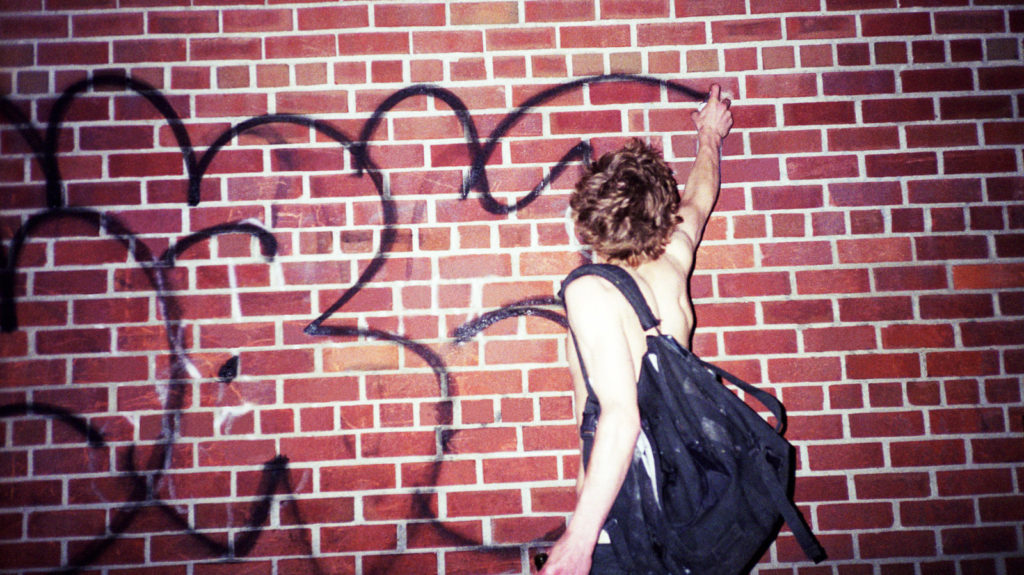
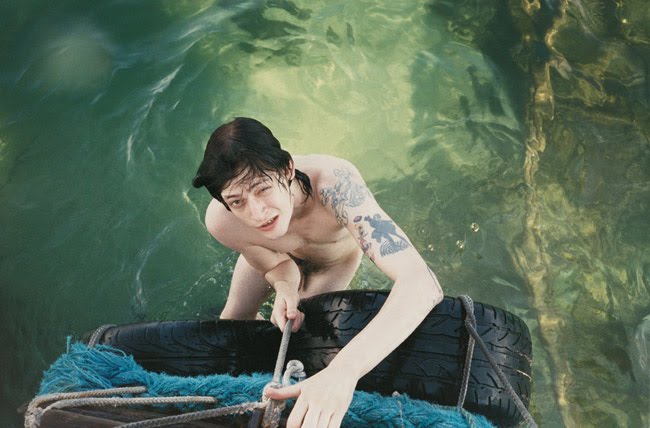
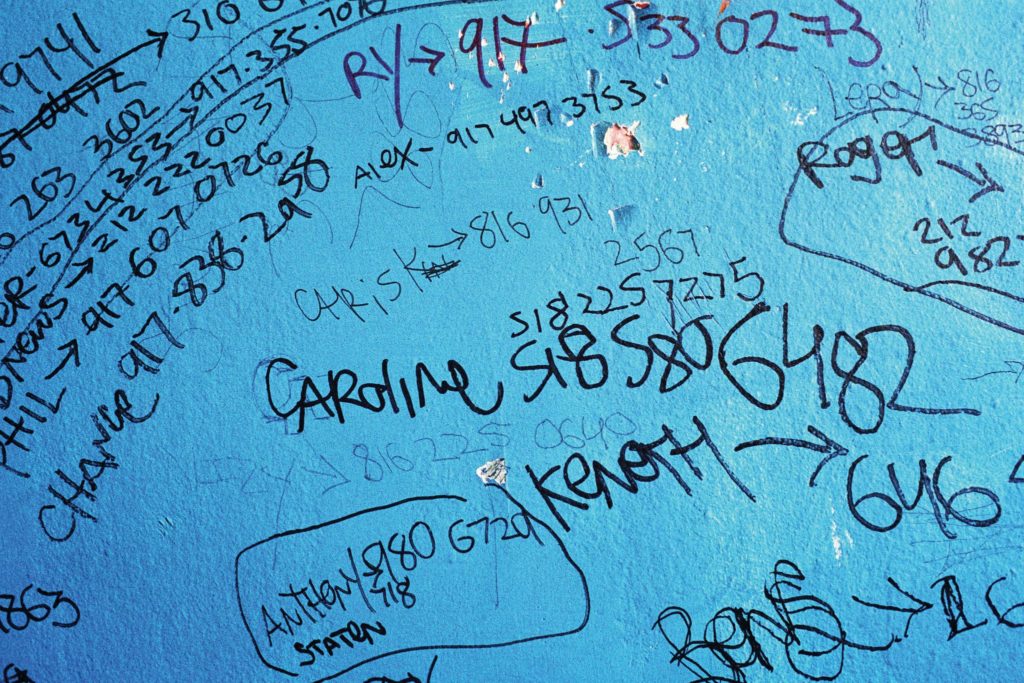
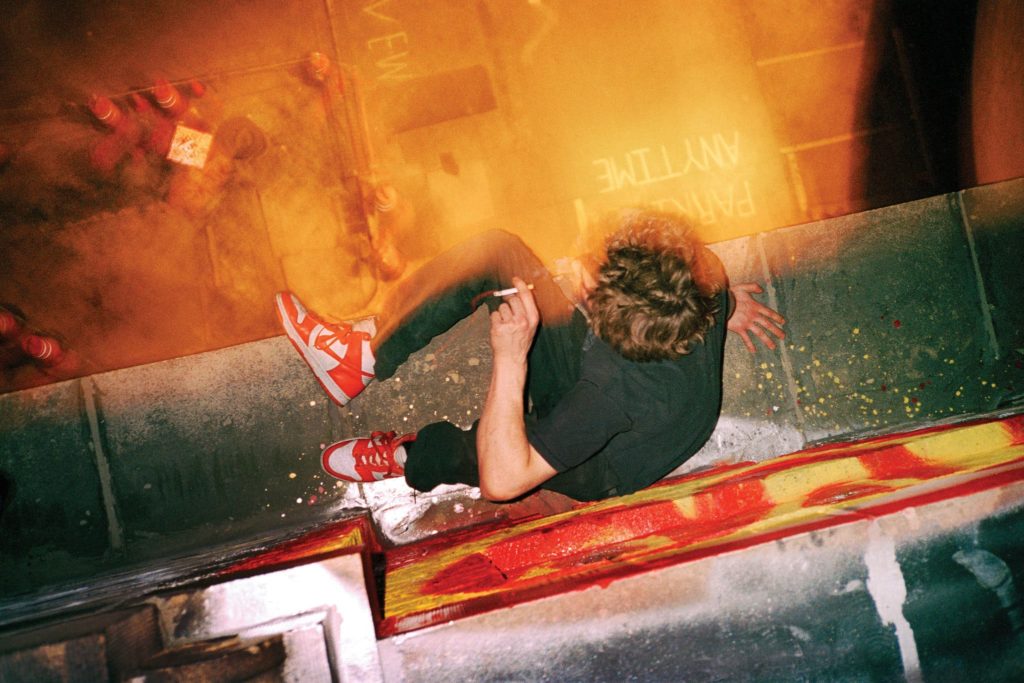

Ryan McGinley is an American photographer, renowned for his self-published book ‘The Kids were Alright’, which depicts his hedonistic teenage years. It was published in 2017 and focuses on youth in the 90s and, more specifically, documenting himself and his group of friends as they explored themselves through experimentation with sexuality, drugs and other physical pleasures. The images were taken between 1998 and 2003, consisting of portraits, old polaroids and portraits of his group.
Mcginley was declared “the most important photographer in America.” in a 2014 GQ article. His work is applauded due to its themes of emancipation and indulgence. His images dissolve the anxiety surrounding adolescents’ consumption of illicit drugs and risky sex by presenting it as a vision of a free and rebellious alternative life. Mcginley achieved this by documenting his group’s debauched lifestyle. They were presented as grating and fearless individuals, hyper-focused on moments of pleasure. Their main focus was to carry out self-indulgence.

“McGinley started out announcing that ‘The Kids Are Alright,’ fantastic, really, and suggested that a gleeful, unfettered subculture was just around the corner—’still’—if only you knew where to look.”
Dash Snow, in the New York magazine: Chasing Artist and Downtown Legend Dash Snow
Photo Analysis
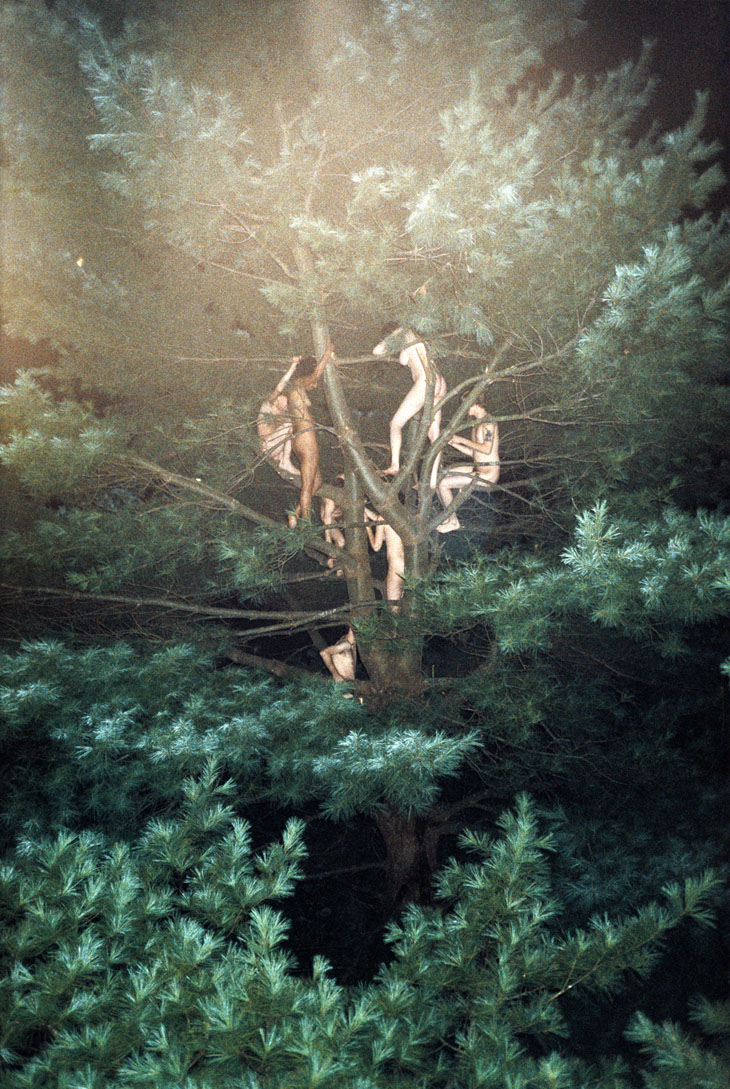
In Ryan Mcginley’s ‘Tree #3’, he presents how a group of people have embraced nature as a site of freedom, and in this particular piece, he captures a sense of gaiety and freedom. The individuals are completely nude and exposed, showcasing the vitality and vulnerability of humans in regards to nature’s grandeur and sublimity. It presents an expression of liberation and bliss in connection with nature, which is often an experience missed out on by many due to social expectations and the shame/embarrassment regarding nudity and public displays of bareness, despite it being our most natural form.
The raw setting of this image is highly impactful. The photo depicts a massive tree, which McGinley claims one of his subjects scaled during the process of the shoot. This inspired him, but he didn’t photograph it, however, as he felt that one person in a tree wasn’t an effective enough image. He returned the next day to clear out the branches in the tree, allowing for it to accommodate a larger group of individuals, which he felt would create a beautiful image. The photo has been taken from a low angle, with no visible ground within the frame. The effect of this gives an aspect of danger and recklessness, amplifying this sense of vulnerability. Additionally, the lack of placement and reasoning behind the nudity suggests a larger narrative, one which creates ambiguity and leaves the imagination up to the viewer.
Though Mcginley altered the tree and expressed what he wanted for the shoot, it is an arguably informal image. McGinley states that he cannot pose people for pictures, that ‘Everything has to be free…. I like to think of my photo shoots as happenings.’. He’s created a suitable environment for his subjects to experiment with. His image shows, in essence, the concept of the decisive moment, with the event itself being fleeting and spontaneous.
Nighttime and darkness often symbolise an absence of God’s presence and faith plays a huge part in McGinley’s work. Having studied religious art, Mcginley claims that Michelangelo’s ‘The creation of Adam’ had a huge impact on his photography. He states it was the first sighting he’d had of a naked man’s body. Michelangelo’s worship of the human body is reflected in McGinley’s portraits and particularly in this image. The juxtaposition between the deprivation of God (photographing at night), and this imagery of Adam (presented through nudity) creates a strong, almost ethereal image.